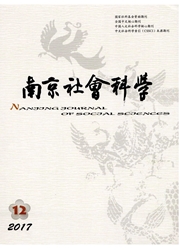

 中文摘要:
中文摘要:
本文引申T.H.马歇尔关于“公民身份”的涵义,分析中国城市的户口和居住证制度下的公民身份等级分层。通过比较1978年以来中国一线城市常住人口与户籍人口的变化,分析特大城市户口之门打开的进程,并以上海为例,剖析外来人口获取城市户口和公民身份的制度途径。上海建立了基于户口与居住证的人口登记和管理制度,形成公民身份等级分层体系,根据外来人口贡献大小赋予差别化的公民待遇。政府通过出售差异化公民身份换取城市发展所需人才、资金和廉价劳动力,而无须承担大部分外来人口劳动力再生产成本。
 英文摘要:
英文摘要:
This study adopts the formulation of the social element of citizenship of T. H. Mar- shall to examine the right and entitlement for natives and migrants in Chinese metropolises. The paper tracks the changes in both the permanent and the hukou population in selected metropolises in the past 30 years to analyze how large the gate of the hukou system has been opened and under what cir- cumstances urban hukou is conferred to migrants, with special reference to Shanghai. Facing the flooding migration, the Shanghai Municipal Government has introduced a residence card system, a hierarchical structure of population registration and management has been set up leading to a system of citizenship stratification, which allows the municipal government to trade the differential citizen- ship for talents, capital, and super-low-cost labor and to avoid the social obligations to the non-con- stituents.
 同期刊论文项目
同期刊论文项目
 同项目期刊论文
同项目期刊论文
 期刊信息
期刊信息
